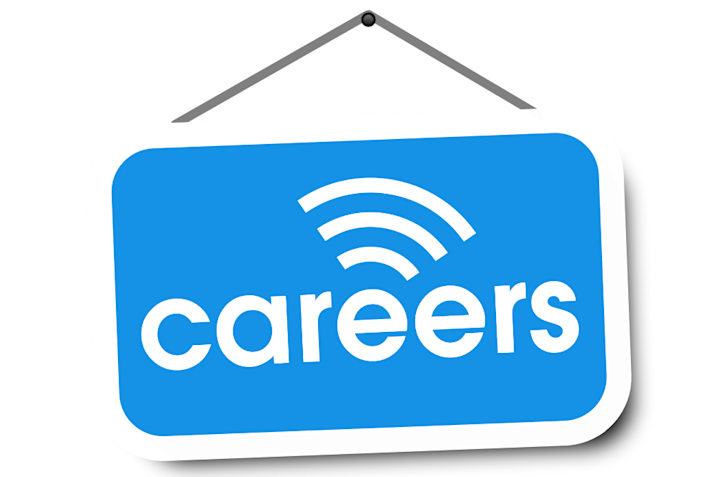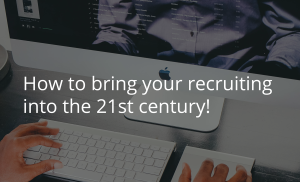
Tweeting to recruit: What’s your strategy?

This next point might sound obvious, but trust me, it is often forgotten. Social media is social! Your account should not only be for sharing information, but also for engaging with social networks and responding to queries. For recruitment and HR accounts, open a window into your company by sharing information about company events, industry information, news events and corporate videos or blogs.
Twitter connects you to potential candidates in real time. This allows you to gain a broader perspective of the candidate, understanding their likes and dislikes, media patterns, interests and accomplishments that cannot be conveyed in a standard resume. It also allows you to source passive candidates.
So what are some of the potential recruitment uses?
The following ten ideas will get you started:
Expand your network.
After establishing a solid group of related industry and professional contacts you follow, keep on top of their tweets and source possible offline groups or associations to join. By leveraging online conversations to create offline relationships, you can expand your network and possibly source new candidates in person.
Position yourself as a thought leader.
Tweet specific information related to your industry or the profession(s) you are recruiting for, including links to company blogs to establish credibility as a leader within your field. Also consider hosting free webinars or posting videos, presentations or white papers about relevant thought leadership.
Listen to your candidates.
Twitter offers a platform for individuals to voice their concerns, so it is imperative that all areas of your recruitment program are customer-centric. Any negative experiences deriving from the application through to the interview process can affect your company brand. It is therefore imperative to address issues that arise publicly, then continue the discussion offline. This likely will involve greater collaboration between your customer service, marketing and human resources departments to ensure the right delivery.
Keep an eye on the competition.
Monitor your competitors, including their tweets, followers and conversations to see how they are using Twitter to recruit. See what is being said about them, analyze their response and develop best practices. You will also be able to communicate with your competitors’ potential candidates and possibly employees, keeping in mind that they’ll also be able to communicate with yours.
Source brand ambassadors.
Use your current employee and customer base to solicit candidate referrals by offering an incentive to tweet or post information on their social media accounts. Several third party providers will offer unique URLs so you can track website views and applications, evaluate the process and reward your brand ambassadors.
Advertise roles.
By posting your job openings on Twitter, you’ll expose your company to a larger, targeted audience that can apply directly through the site or link through to your company website or blog. You can attract active job seekers or even customers that are currently following your feed, or target individuals by posting @ messages with the link to the job description.
Gather information.
After receiving applications, you can review candidates’ online profiles to see what they’re saying. You need to be aware of discrimination laws and while it should not replace formal reference checks, reviewing profiles will allow you to get a better understanding of a candidate's interests.
Highlight upcoming events.
Will your company be attending a recruitment fair, hosting a candidate open house, or other networking event? Offer an incentive for anyone who retweets or visits your booth to help drive traffic and expose your brand to a larger audience.
Host a conversation.
By adding a hashtag (#) to a key word or topic, individuals will be able to follow a particular stream or conversation. Consider this tool if you are hosting a seminar or event to allow individuals the ability to access information, even if they are not there in person. For instance, if you are watching a keynote presentation at a career fair, regularly tweet information using a #hashtag. People may follow the conversation and your company, prompting additional buzz and interest in employment opportunities.
Create conversations.
Encourage your staff to use Twitter, including company leadership and line managers as well as staff level employees. By creating a corporate culture that is transparent and offers the opportunity for feedback and dialogue, you’ll not only strengthen employee engagement, you’ll also profile your company as a great place to work.
Most importantly, Twitter is about creating a presence, engaging with current and potential candidates and establishing employer brand awareness. By using Twitter for recruitment you can convert conversations into actions, increasing brand awareness and driving candidate applications.





